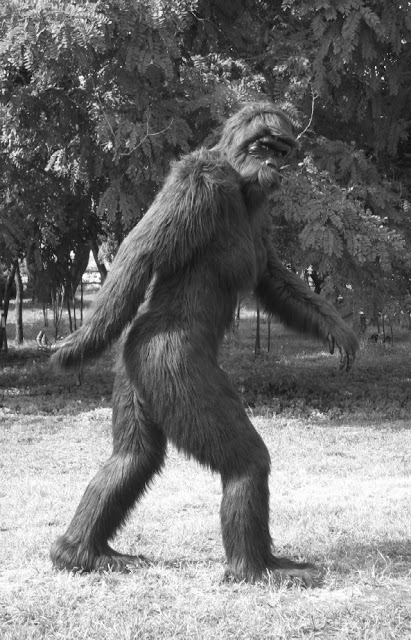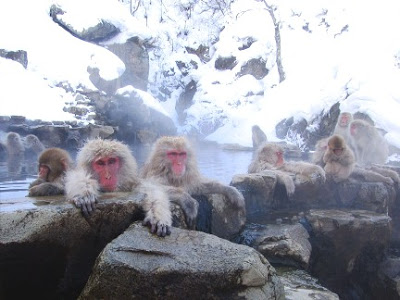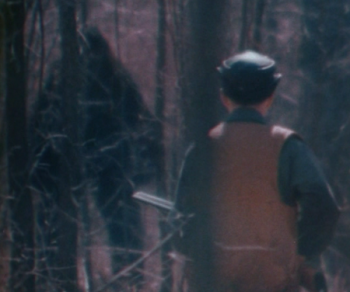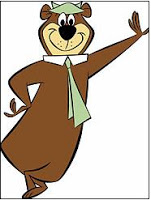 Bigfoot is one of the great public domain monsters of the 20th and 21st centuries.
Bigfoot is one of the great public domain monsters of the 20th and 21st centuries.
Iconic, widespread in the concept and easy to pull off, there have been dozens of films based on the hairy ape and more are in the works (Sasquatch vs. Chupacabra having the most wonderfully cheesy concept yet).
Because there are so many films, the idea has taken many symbolic edges. However, because of its folkloric source material, they are largely uniform.
Bigfoot is usually used to represent quite a few concepts.
Primarily, Bigfoot is about the unknown wilderness. How close the wild really is to everyday life and how it does not take much to remove humans from the creature comforts they’ve made for themselves—exposing us as the soft, naked fleshie things we are. In such films Bigfoot is often predatory or at least highly territorial, the later reinforcing the idea of humans no longer being in their comfort zone.
On the unknown side of things, some films focus on people actively looking for Bigfoot and usually biting off more than they can chew in doing so—because, let’s face it, no one wants to watch a movie where the character’s succeed immediately. This often leads to a pseudo-Moby Dick-like obsession from a villainous human lead as they are out to kill/capture the Bigfoot.
Depending on its disposition, and the ecological leanings of the writer or director, this could be a good thing or a bad thing.
Biology
Bigfoot is a great ape in all its appearances. Many suggest that Bigfoot is a Gigantopithecus, but it is quite a different animal than what Bigfoot is described as.
Imagine a 10ft tall orangutan, and you have a better idea what we currently believe Giganto to have looked like. Though, oddly, Bigfoot seems to have an orangutan-like social structure—largely solitary with groups appearing to be small families or just female and offspring.
Still: bipedal, upright and omnivorous (leaning towards carnivorous in some appearances); it’s quite an odd monkey out. The New World Monkeys are actually quite primitive compared to their Old World cousins, and the fossil record for large primates is extremely poor, but none are known to have lived in North America until humans came.
To survive in its most well-known habitat (the Pacific Northwest), Bigfoot would have to have adapted to hibernate, something no other primate does.
Not even the Japanese macaques (Macaca fuscata) or the Gray languor’s (Semnopithicus) of Northern India and Nepal, who live in seasonal, cold and high altitude places, don’t hibernate. The Japanese Macaque lives the farthest north of any non-human primate, and even has a population that once ran wild in Texas. And both primates live in areas far too southern for a primate (let alone a large one) to cross the Bering Strait during the Ice Age.
And the macaques cheat—they have hot springs.
The best bet for a Bigfoot comes from the New World Monkeys, and having it only look like an Anthropoid ape through convergent evolution. It’s hard to swallow, but once it gets down from the trees, it will travel more than its New World Monkey ancestors do.
Still, most biologists agree that if Bigfoot existed, it would need to hibernate if it lived that far north. It’s a matter of size and finding food in winter.
In order to fuel the primate large brain, Bigfoot would have to eat either a lot of fruit (rare in the Northwest) or eat a lot of meat, which actually gives some credence to the killer-bigfoot movies.
More than they deserve at least.
Which calls to mind the worst enemy of Bigfoot from a biological stance; a competitor for food, dens and territory: bears.
Aside from terrorizing Jellystone Park or picnic baskets, bears eat all the same prospective food items a Bigfoot would and bears DO hibernate.
Worse still, bears breed faster than most great apes.
Large primates such as Gorillas and Chimps reach full sexual maturity at between 6 and 9 years of age.
They have only one offspring at a time on average. Black Bears can have 2 to 6 cubs in a litter once they reach maturity in 3-5 years. Grizzlies have 2 Cubs to a litter once they reach 6 years of age, but other factors limit their breeding cycle.
As a general rule, large primates haven’t co-existed with non-arboreal large primates in any known habitat. Their food sources are just too similar.
















































































































